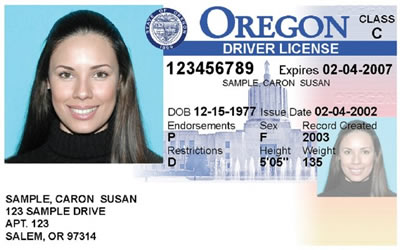7 Ways to Color Code Excel Sheets Effectively

Microsoft Excel has long been a staple in the world of data management, analysis, and presentation. With its vast array of features, one can transform bland sheets of data into colorful, intuitive visualizations. Color coding, in particular, is an effective tool to enhance readability, reduce errors, and make data interpretation more accessible. Here are seven strategic ways to color code your Excel sheets for maximum efficiency and visual appeal.
1. Organize Data by Category

When dealing with large datasets, visual cues are invaluable. Categorizing data by color allows you to quickly locate specific types of information:
- Financial Data: Use green for profits, red for losses, and blue for neutral or forecasted values.
- Employee Data: Code departments or job levels with different colors to easily recognize various teams or hierarchies.
- Project Status: Highlight project phases using colors like red for “At Risk”, amber for “In Progress”, and green for “Completed”.
2. Conditional Formatting for Data Analysis

Conditional Formatting can automatically apply colors based on predefined rules, making it easier to analyze large datasets at a glance:
- Data Bars: Use data bars to show the value of a cell relative to other cells in the range.
- Color Scales: Apply color scales to highlight variations in data, with hotter colors for higher values and cooler colors for lower ones.
- Icon Sets: Choose icons that represent different thresholds or conditions, enhancing visual analysis.
📊 Note: Ensure your conditional formatting rules are clear and don’t overlap to avoid confusion.
3. Highlight Duplicates or Unique Values

To improve data cleanliness and avoid duplicate entries:
- Select the column where you want to identify duplicates.
- Go to Home > Conditional Formatting > Highlight Cells Rules > Duplicate Values, and choose the color.
- For unique values, follow the same steps but select “Unique” instead.
4. Use Color to Show Cell Status

This method is particularly useful for tracking progress or status in a project or task list:
- Input Required: Use yellow to show where user input or updates are needed.
- Complete: Highlight completed tasks or entries in green.
- Pending or Overdue: Mark pending or overdue items with red.
| Status | Color |
|---|---|
| Completed | Green |
| Needs Input | Yellow |
| Overdue | Red |

5. Colour-Coded Navigation

Creating visual cues for sheet navigation can streamline workflow:
- Tab colors can be used to categorize sheets by project, department, or timeline.
- Hyperlinks to different sheets can be color-coded to indicate the sheet’s nature (e.g., summary, detail).
6. Highlight Key Information for Presentations

For professional presentations, make sure your key data stands out:
- Use colors to differentiate between sections of your presentation.
- Emphasize important figures, statistics, or trends to guide your audience’s focus.
🎨 Note: Keep the number of colors minimal to avoid overwhelming your audience.
7. Accessibility Features with Colour

Excel isn’t just for personal use; it’s often shared and collaborative. Color coding for accessibility can make your sheets usable for everyone:
- Use contrasting colors that are distinguishable for colorblind users.
- Provide text descriptions or additional visual cues when using colors that might not be seen by all.
To summarize, color coding in Excel goes beyond simple aesthetics. It’s a strategic tool for data management, analysis, and communication. By applying these techniques, you can enhance your Excel sheets’ functionality, making them not only more visually appealing but also more intuitive and user-friendly.
How do I change the color of a cell in Excel?

+
To change the color of a cell, select the cell or cells you want to color. Go to the ‘Home’ tab, find the ‘Font’ group, and click the ‘Fill Color’ button to choose your desired color.
Can conditional formatting rules in Excel overlap?

+
Yes, conditional formatting rules can overlap, but Excel will apply them in the order they are listed in the Conditional Formatting Rules Manager. The topmost rule takes priority where conflicts occur.
What is the best way to ensure my color coding is accessible for colorblind users?

+
Use colors with sufficient contrast and consider patterns or shapes in addition to color. Also, Excel’s accessibility checker can provide suggestions for improving accessibility.



